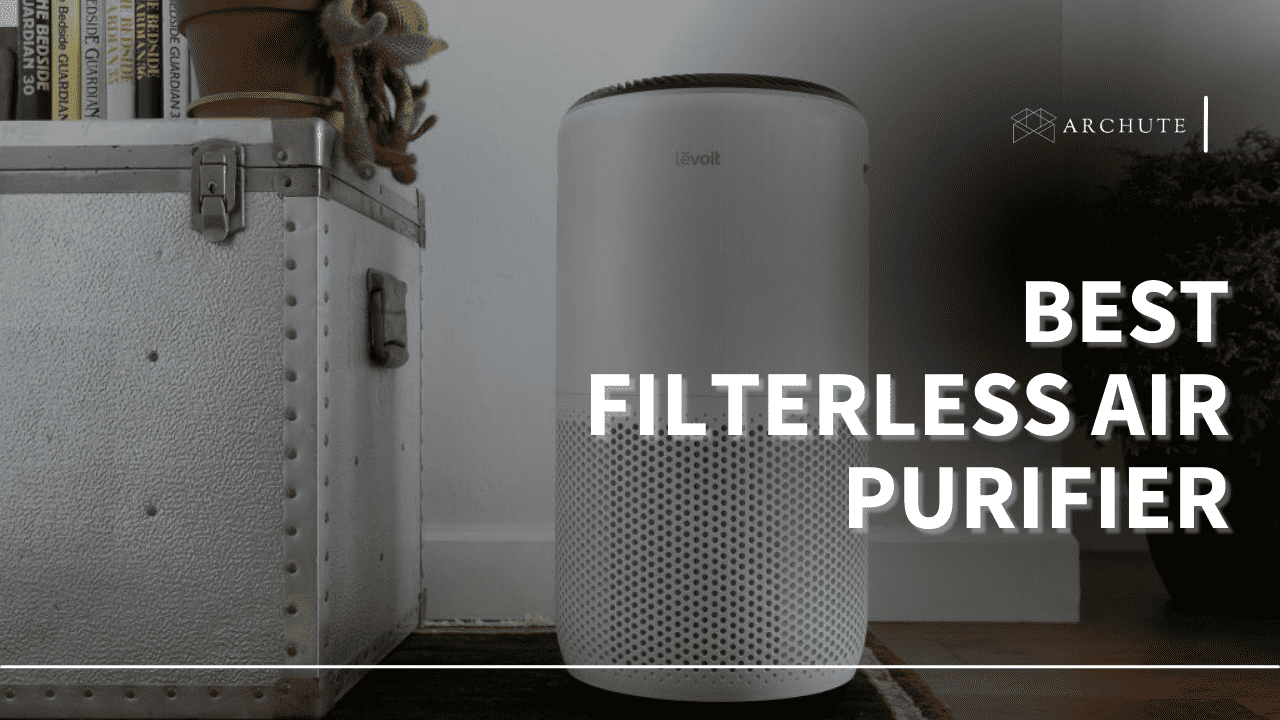Our detailed guide on how to replace thermostat units will help you install a new one while ensuring it corresponds to your current heating and air conditioning systems. Here, you can find information on how to diagnose a faulty thermostat, tips on buying the right one and a step-by-step process to follow when replacing a thermostat. But first, let us take a look at what these devices are.
What Is a Thermostat?
Thermostats control the heat and cooling systems of an environment by sensing the temperature of the setup and issuing instructions to achieve or maintain the set range. These devices are found from cars to homes, and their simplistic closed-loop operation makes them essential. Also, there are two popular types of thermostats.
Smart thermostats give you remote control over the temperature by letting you access the settings from your smartphone using an internet connection to the devices. On the other hand, programmable thermostats can implement different temperature preset schedules.
7 Easy Steps for Replacing a Thermostat
1. Do You Need a New Thermostat?
Unless you are looking to upgrade, the first step before replacing a thermostat is figuring out if the current one is faulty. Unfortunately, diagnosing the issue can be challenging since your air conditioning and heating systems may be culprits of erratic temperatures in your home. So if this is your first rodeo, an HVAC technician can help. Nevertheless, there are tell-tale signs your existing thermostat is the problem.
For starters, if your current thermostat uses batteries and you've noticed it goes through them quicker than usual, the device may require replacement. Additionally, your thermostat may not respond, and when you use other thermometers, they give you a different reading from your installed device. Similarly, the heating or cooling system may not turn off or on when specific programmed conditions set by the thermostat are met.
If you see one or all these issues, it may be time to find a new thermostat. Of course, this is an excellent opportunity to upgrade. After all, spending a little more on a purchase you had to make could come with numerous advantages. First, however, start by figuring out what new thermostat is compatible with your current heating and air conditioning systems.
2. What is the Right Thermostat for Your Home?
Most thermostats are compatible with typical home systems. However, some use a two-wire system while other use multiple connections. Additionally, you have to choose between the following basic options in some unique cases.
For example, stage 1 heating or cooling devices work with separate units. Alternatively, stage 2, or multi-stage, are compatible with units with specific speeds for their minimum and maximum designation. Moreover, direct line voltage thermostats are ideal for older houses since they utilize direct current power sources. Finally, a zoned HVAC system requires central temperature control devices that can individually tweak the heating and cooling in separate areas of the home.
You can find these specific designations on the thermostat manual. Additionally, if you are interested in home improvement projects, you can consider getting a smart or programmable thermostat.
A Programmable Thermostat
If you have an old model, consider replacing it with a digital programmable thermostat since they come at a similar price point but with features guaranteed to help save money. Programmable thermostats let you decide the temperature you want to experience during certain days or times of days. For instance, you can reduce your heating bill by setting a lower temperature when you won't be in the house for hours.
Smart Thermostat Models
At the pinnacle of technology sits the smart thermostat that gives you a wide range of control from a smartphone app and helps you substantially save money in the long run. Nevertheless, if you are not experienced in doing home improvement projects surrounding an HVAC system, it is wise to seek professional help to ensure you install a compatible thermostat correctly. Unfortunately, this increases the installation costs of smart thermostat models while you will need a reliable internet connection in your home.
3. Get the Right Tools and Check the Manual
If your thermostat replacement has a different footprint from the old one, you may need additional material for repairing the wall. Alternatively, the new wall plate can cover any blemishes. Still, you will need a screwdriver, wire cutters, a drill and a voltage tester. Finally, go through the manufacturer's instructions to ensure you follow the installation guide.
4. Turn off the Unit and Power
Switch off the existing thermostat, go to the breaker box, and cut power to the heater, air conditioning system, and thermostat. If the unit does not have appropriate labeling, isolate the existing wiring to ensure the relevant circuit is dead.
Thus, turn power off from the sockets leading to the heating and cooling system or unplug them. After all, electrical hazards are dangerous, and you should avoid them at all costs, even if it means hiring an electrician to install the new thermostat.
5. Remove the Old Thermostat
If you are unsure if a professional installed the existing thermostat, it helps to check the current setup before you disconnect the wires from the unit. Take the cover off the old thermostat and examine the existing wiring by test to see if the system still has power. In particular, you should pay attention to the thermostat mount and which wires go to specific screw terminals.
If there is no power flowing, you can take a photograph to help you keep track of how the old thermostat was connected. Alternatively, you can mark the wires and take note of the connections. Finally, ensure you can see the screws for the wall plate of the old thermostat.
Undo the terminal screws with your screwdriver and disconnect the cables. Ensure you pull the cable from the wall so that the wires hang outside once you are done. You may need to tie something on the primary wire to avoid slipping through the wall mount and out of view.
Once the wires are isolated, unscrew the thermostat base from the wall mount. Afterward, you can check whether you need to install the wall plate of the new unit or utilize the existing one.
6. Install the New Thermostat Replacement
Whether installing a programmable thermostat or a newer and better smart thermostat, check manufacturer instructions before proceeding. Once you have access to all the wires necessary for replacing, you can mount the device. Please note that smart thermostats require Wi-Fi connections through a C-wire. If you cannot find one, consult with the manufacturer's instructions or a professional.
Pull the wires through the new wall plate, insert the screws and secure it firmly to the wall. Of course, this is assuming that you have positioned the component well so that your new thermostat is not crooked. Drilling the wall may be necessary when the existing holes do not match your new unit.
Afterward, do the wiring carefully by ensuring the wires go to the appropriate screw terminals on the new thermostat base. Finally, consult the earlier photo you took and manufacturer instructions to replace everything correctly. After all, mixing up the control to the heating and cooling systems can bring about expensive repairs.
Once everything is connected, you can push the wires back through the wall to neat the wiring. Next, install the batteries, but ensure they are new replacements. Also, pay attention to the polarity of each battery before continuing.
Finally, you can slide the new thermostat cover over the base and snap it on in most cases. However, this step may vary from one model to another.
7. Restore Power and Test the New Thermostat
Go back to the breaker box and restore power to the air conditioner, furnace and thermostat. If you have unplugged the connections, put them back in the sockets and switch them on. If the installed unit does not power on, it may be a sign you need to review the previous steps to ensure the wiring is sound.
Allow the new thermostat time to activate before trying the settings since the air conditioning, and heat systems may need about 5 minutes. You can press the reset button if the thermostat is not responding respond before you pul everything out to start again.
If you go with programmable thermostats, you can adjust the settings to achieve your desired temperature. Afterward, give it time before comparing the readings with an external thermometer. Remember to use the manufacturer's instructions faithfully until you grasp how the new thermostat works.
Frequently Asked Questions (FAQs) on How to Replace Thermostat Units
1. Can I replace my thermostat myself?
Although the steps above are simple and easy to follow, there are risks and challenges you need to consider. Some experience isolating electrical wiring is critical to ensure you are not electrocuted. Additionally, some thermostats are more complex and require professionals to install them. Depending on the product you choose, you may have it in you to do it yourself.
2. Is it expensive to replace a thermostat?
Depending on the features of your ideal choice, you can expend to pay anywhere from 15 to 250 dollars for the high-end smart thermostat models. In addition, a professional may charge between 100 to 200 dollars as labor to install the new thermostat unit.
Meta Description: If you want to learn how to replace thermostat devices to match your interior decor or because the old one is broken, our guide will help.
Image Source: Unsplash.com
















